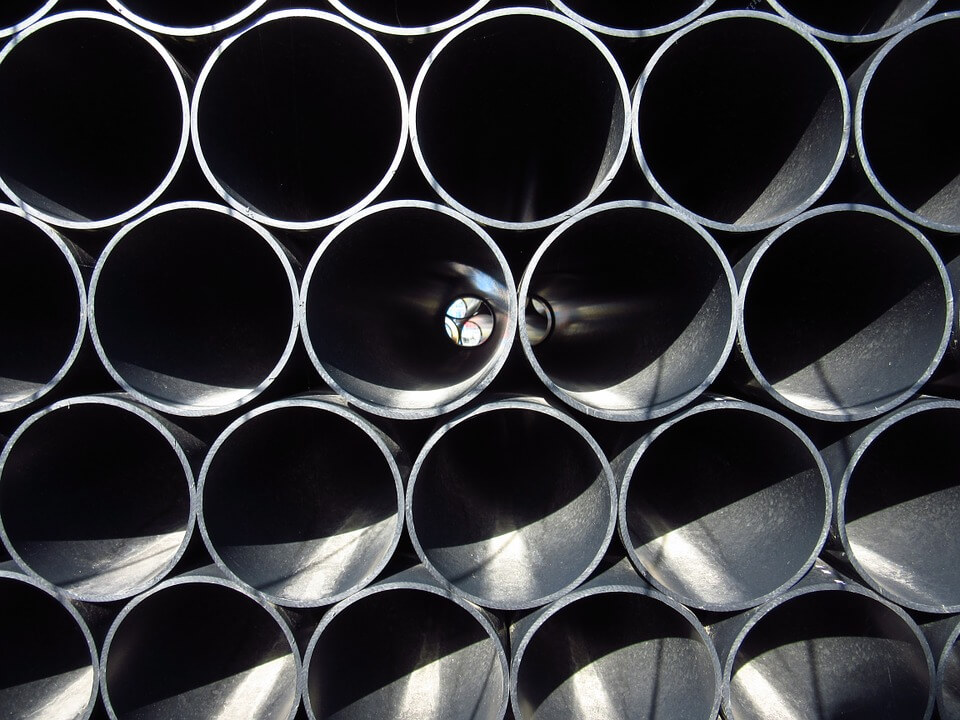What Does
Outer Diameter Mean?
The outer diameter (OD) of a hollow circular pipe is the measurement of the outside edges of the pipe passing through its center. The outer diameter of a pipe, together with its wall thickness, are essential to inside diameter calculations.
The outer diameter of a pipe should not be confused with the nominal diameter. Nominal diameter is a dimensionless number that defines the size of the pipe, while the corresponding outer diameter is usually a bit larger.
For example, for a 4” schedule 80 pipe, 4” is the nominal size of the pipe, while the actual outer diameter is 4.5”. Unlike the inner diameter, the pipe’s outer diameter is not dependent on its thickness.
Outer diameter is also known as outside diameter or external diameter.
Trenchlesspedia Explains Outer Diameter

In trenchless construction, the outer diameter of a pipe is crucial for installation techniques requiring boring, such as horizontal directional drilling (HDD), pipe jacking, and microtunneling. In HDD operations, the outer diameter of the pipe is an important factor to determine the size of the back reamer used to enlarge the pilot hole. The reamer makes a hole at least 50% larger than the outer diameter of the product pipe to accommodate pulling grips, facilitate spoil removal, and to prevent excessive pulling force.
In trenchless rehabilitation methods also, such as fold and form liners, sliplining, etc. the outer diameter is an important factor. The outer diameter for fold and form liner is approx. 5% lesser than the bore diameter of the pipe. For a successful sliplining operation, a minimum radial clearance of 10mm is required. For this, the OD of the new pipe should be lesser than the inner diameter (ID) of the host pipe.
Using NPS to Calculate OD
The nominal pipe size (NPS) can be used to calculate the required OD and pipe strength for installing pipelines using trenchless methods since these methods require pulling the pipes through boreholes. The size of a pipe is specified by using two dimensionless numbers i.e. NPS for diameter and schedule for wall thickness.
NPS can be stated to be similar to the inside diameter (ID) in inches for NPS 1/8 to 12. The NPS is considered equal to OD when NPS is 14 or greater. The wall thickness stays constant or increases while the OD increases with increasing NPS, for a given schedule; however; the wall thickness increases and OD stays constant with a larger schedule, for a given NPS.